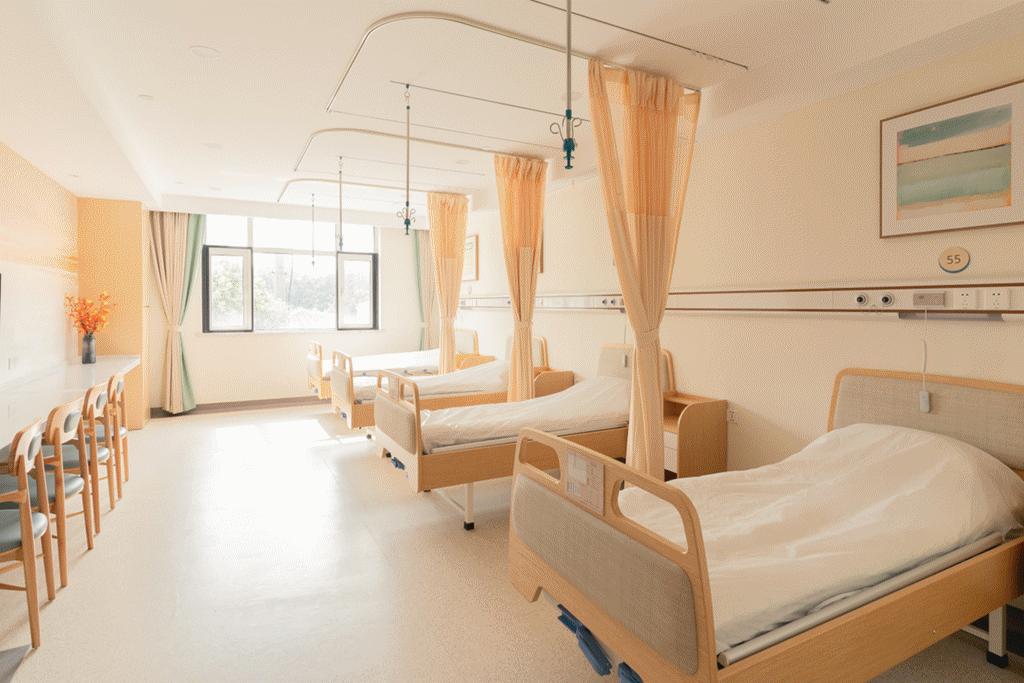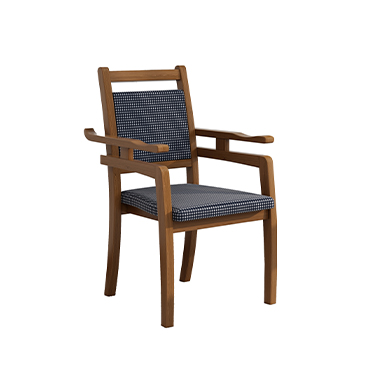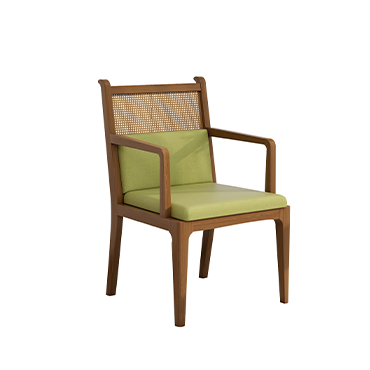How to Implement Aging-Friendly Renovation?

Key Measures for Aging-Friendly Renovation
Space Optimization: Ensure barrier-free pathways, remove thresholds, and widen corridors.
Anti-Slip Design: Install non-slip flooring and mats, especially in bathrooms and kitchens.
Assistive Facilities: Add handrails, safety grab bars, and shower seats.
Lighting Adjustments: Improve indoor brightness to prevent accidents caused by poor visibility.
Smart Home Technology: Install motion-sensor lights, remote monitoring systems, and emergency call buttons to enhance safety.
Steps to Implement Aging-Friendly Renovation
Aging-friendly renovation is a systematic project that involves the following three key steps:
Needs AssessmentEvaluate the senior's health condition, mobility, financial situation, and daily living requirements to identify renovation priorities.
Space DesignBased on the assessment, design a practical and comfortable living space that enhances safety and convenience.
Product SelectionChoose aging-friendly furniture, assistive tools, and smart devices that meet the needs of seniors. Ensure the renovation plan is practical, cost-effective, and adaptable to future physical changes.
Conclusion
Aging-friendly renovation is more than just modifying physical spaces; it is about enhancing the quality of life for seniors. Preventing falls and improving home environments require efforts from families, society, and the government. Raising awareness about aging-friendly renovations can help more seniors enjoy a safer and more comfortable life.





